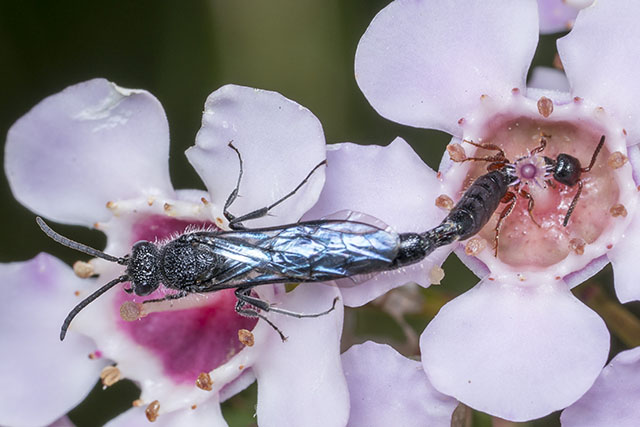E&E PhD Exit Seminar: Phylogenetics and reproductive evolution in thynnine wasps, using next-generation molecular and morphological data
Speakers
Event series
Content navigation
Description

Thynnine wasps are a remarkable group of insects. They display extreme sexual dimorphism, and copulation typically occurs "on the wing", with the female suspended solely by her genitalia as she is carried by the male. Females only feed during the mating flight, which places an additional functional requirement on the genitalia. I have used next-generation DNA sequencing and X-ray micro-computed tomography to study the evolutionary history of this unusual mating system and its associated morphological adaptations. In this talk I will demonstrate some of the ways that 3D imaging can facilitate modern morphological research on small invertebrates, using examples from each of my thesis chapters. This includes studies on functional morphology, muscle anatomy, simulations of reproductive compatibility, and morphological evolution - all of genital structures less than 1mm in size. Although there is still an unbelievable amount to learn, I will provide some welcome insight into the evolution of thynnine wasps, and clear directions for future research.
Location
Eucalyptus Seminar Room (S2.05), Level 2, RN Robertson Building (46), ANU
